
Transformation in the Ghana Statistical Service
Using data science and automation in the production of price statistics
Read more on Transformation in the Ghana Statistical Service
Using data science and automation in the production of price statistics
Read more on Transformation in the Ghana Statistical Service
Join us this autumn to celebrate the Power of Community at the first Data Science Community Showcase!
Read more on Celebrating the power of community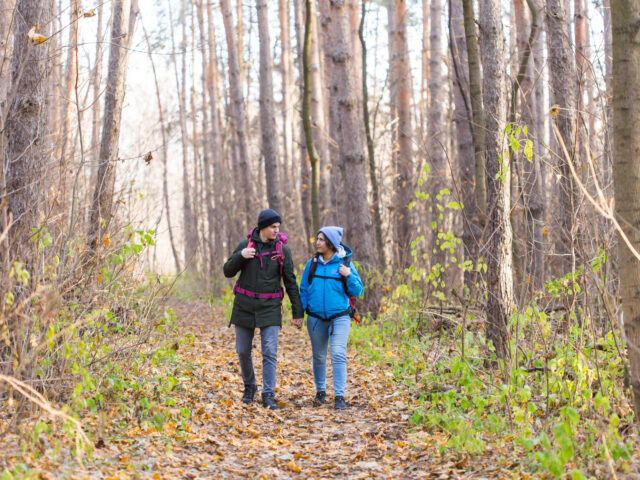
We demonstrate the use of a range of freely available anonymised and aggregated novel datasets to estimate visitation counts to natural areas.
Read more on A data science approach to estimate the use of natural spaces: a feasibility study
We have been exploring how NLP techniques and LLMs could be used in the future to improve website search experience for end-users.
Read more on Using large language models (LLMs) to improve website search experience with StatsChat
We are planning to follow up on previous work we published earlier this year looking at public transport availability across the UK, by providing metrics for urban centres across the UK, as well as their international counterparts.
Read more on Comparing international transport performance in urban centres: upcoming workWe have produced an alternative estimation of the census travel to work matrices annually from 2012 to 2021, bridging the 10-year gap. This report looks at the technical specification of the gravity model, with the summary of input data and initial results.
Read more on Technical report: Estimation of travel to work matrices
Using novel modelling approaches, we have produced an alternative estimation of the travel to work matrices annually between 2012 and 2021, bridging the 10-year gap between Census data.
Read more on Estimation of travel to work matrices
Nowcasting refers to generating estimates of the current (“now”) state of the economy. We investigate how signature methods can be useful in the context of economic nowcasting
Read more on Helping decision makers understand the economy quickly through new methods
In this guest blog post, graduate data scientist, Lilly Taylor, gives an an account of what it is like to work as a graduate data scientist in the public sector.
Read more on Guest blog: A day in the life of a graduate data scientist in the public sector
In this blog post, we are sharing more about what is available through the community to support you in your career, including the our brand-new Living Library.
Read more on How the cross-public sector data science community can support your career
We are pleased to announce that we have expanded our training offer by incorporating the delivery of the Analysis Function technical training, which includes delivering instructor-led workshops.
Read more on More ways to expand your data science skills with the Data Science Campus
We celebrate work we have done to build data and data science skills across the wider public sector, and share our plans for the future.
Read more on Building a love for data across the public sector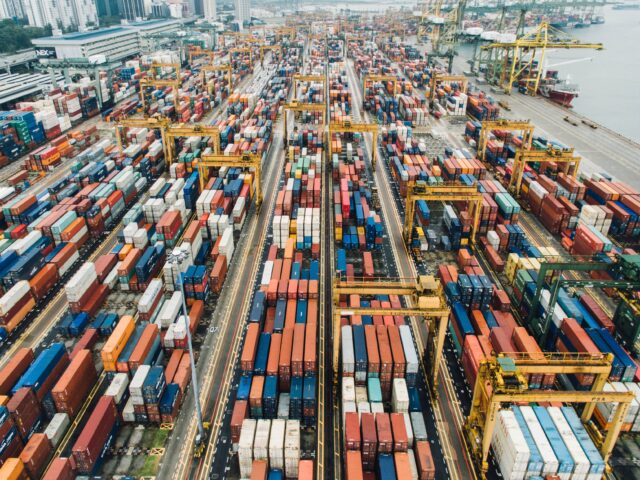
We show how shipping instructions can be used to map the trade routes of critical goods. This will help understand our reliance on global ports for accessing specific products, and draw insights on the impact of important events such as strikes.
Read more on Using new shipping data to improve government understanding of trade flows
We have published data to help researchers and local planners understand how public transport access varies across the UK, using open data and open-source software.
Read more on Using open data to understand hyperlocal differences in UK public transport availability
In this guest blog, data science apprentice Evie Brown from the Social Care Analysis team at the Office for National Statistics (ONS) presents work on grouping online job adverts by social care role. This project was a significant part of the final year of the Level Six Data Science Apprenticeship.
Read more on Identifying different roles in the social care sector using online job advertisements
Find out more about the Government Data Science Community’s events and opportunities in 2022. The community is a vibrant space for analysts and data scientists in the UK public sector.
Read more on The Government Data Science Community in 2022
This summer, the Campus faculty hosted two groups of students to engage them in a unique work experience that helped them gain valuable workplace skills.
Read more on Opening our doors to future talent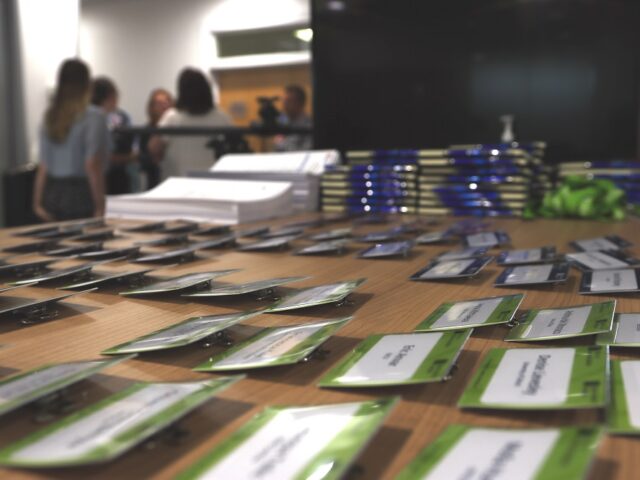
We welcomed guests from 26 national and international organisations at our offices in Newport, including partners from Rwanda, Brazil, Thailand, Lebanon, Jordan and Canada.
Read more on Bringing the world to ONS: Working together on data science and big data
Rail services can be affected by temporary factors such as unseasonably hot weather, industrial action and engineering works. We produced maps from open data showing service levels at every station in Great Britain over a 21-day period.
Read more on Visualising rail schedules using open data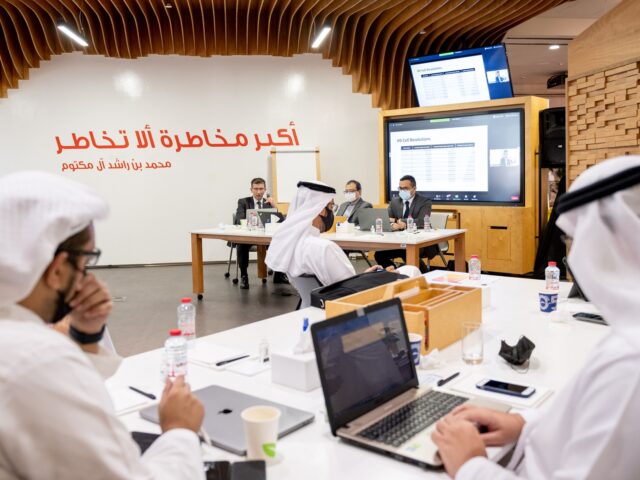
At the World Expo in Dubai, we supported other National Statistics Organisations to develop their data science capability by delivering a series of workshops, training sessions and discussions.
Read more on UK data science on a global stage
Data synthesis is an active area of research for many organisations, including the Office for National Statistics (ONS). SynthGauge is a Python library that provides decision-makers with a range of metrics and visualisations for evaluating synthetic data.
Read more on Evaluating synthetic data using SynthGauge
To support the national fight against coronavirus (COVID-19) in March 2020, BT made aggregate, anonymised mobility data available to the UK Government. We quickly turned this into daily updates, with only one day’s delay between activity and the reporting of it.
Read more on Case study: responding to the coronavirus pandemic using aggregated BT mobility data
Understanding and monitoring the major influences on COVID-19 infection numbers in communities is essential to inform policy making and evaluate the impact of non-pharmaceutical interventions. We have developed a community-level analysis by assembling a large set of static and dynamic data for England.
Read more on Use of hybrid data to understand the community-level influences on coronavirus (COVID-19) incidence
The UK’s exit from the European Union created uncertainty about workers across a range of sectors, exacerbated by concerns over workers leaving the country and the impact on labour supply. The coronavirus (COVID-19) pandemic created additional and sudden changes, with sectors being affected heterogeneously and demand switching from services to goods.
Read more on Worker shortages: A window on labour demand during the coronavirus (COVID-19) pandemic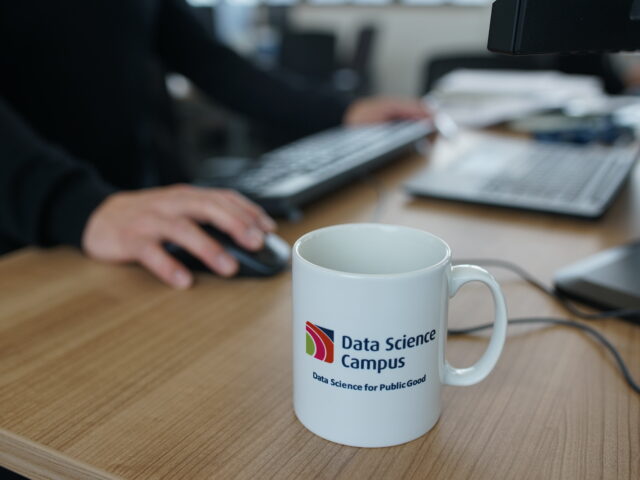
On 27 March 2017, with an audience of UK and international data science leaders from across the public, private and academic sectors, a team of 8, some brilliant presentations, and a lot of excitement, the Data Science Campus was launched. 5 years later, Louisa Nolan shares what have we learned along the way.
Read more on The Data Science Campus – five years of data science for public good
We are delighted to launch the Public Sector Data Science Graduate Programme for 2022 to 2024, with applications open until 24 March 2022.
Read more on Launching the Public Sector Data Science Graduate Programme 2022 to 2024
It has been one year since the creation of the Data Masterclass for Senior Leaders, and participation in the programme has far exceeded expectations.
Read more on One year of the Data Masterclass for Senior Leaders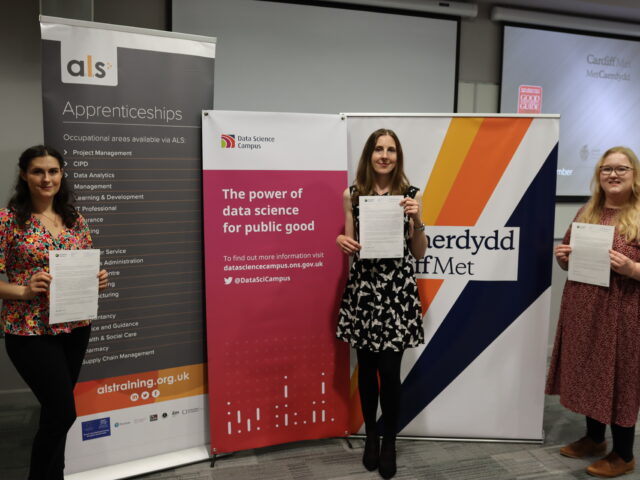
Our data science apprentices have gone from strength to strength over the past three years, and are using their passion and experiences to inspire young people and be role models for the next generation of data scientists.
Read more on Building data science futures one bite at a time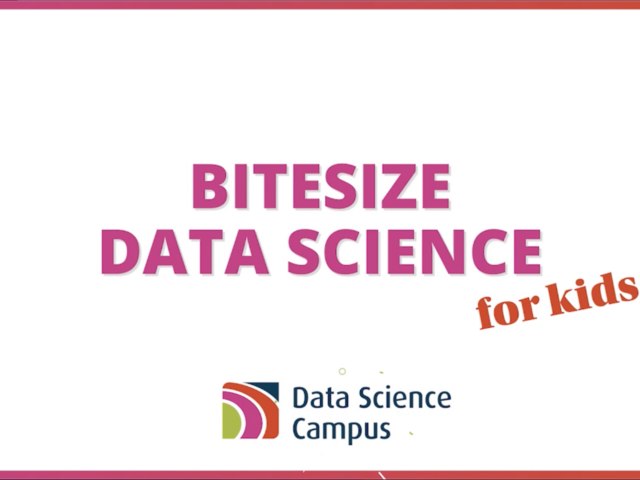
During National Apprenticeship Week 2021, we wanted to help ONS staff with young kids being home schooled by giving them some time back while we taught their children some data science.
Read more on Bitesize data science for kids
Applications for the Data Visualisation Accelerator are open until 11 February 2022. We hear how a mentor and mentee from the first cohort of the programme and how they, and their organisations benefitted.
Read more on Visualising in pairs – growing data visualisation skills through mentoring
The relationship between the mentor and mentee is vital to successful outcomes on the Data Science Accelerator programme. Daniel O’Callaghan (Forestry Commission) and Sam Taylor (DWP) talk about their relationship that helped to deliver a successful project.
Read more on How effective mentoring relationships are growing data science skills and capacity
In 2021, the ONS-UNECE machine learning group demonstrated the benefits of international cooperation for advancing machine learning in official statistics.
Read more on How international collaboration is advancing machine learning in official statistics
The Data Science and Data Visualisation Accelerator mentoring programmes will open for applications in January 2022.
Read more on Boost your data science and visualisation skills in 2022!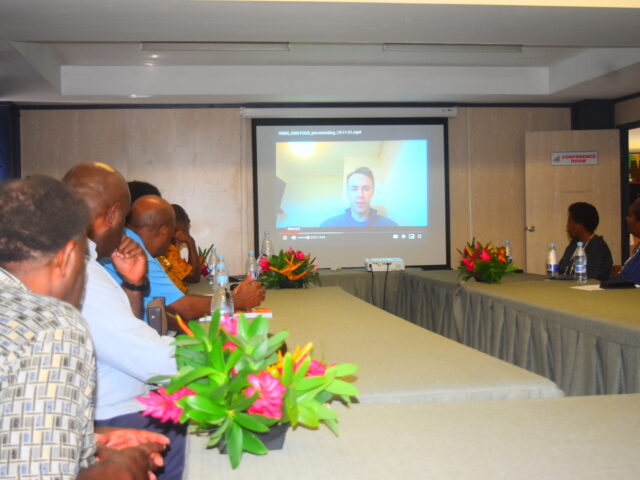
Our FCDO hub’s mentorship model has helped countries, including Rwanda and Vanuatu, deliver in-house data science projects with significant impact, while also creating a flourishing sustainable ecosystem of data scientists.
Read more on Making an international impact with data science mentoring
In 2021, our highly successful Data Science Graduate Programme has been expanded across the UK pubic sector. We have offered 50 places on the programme, located in 10 public sector organisations. 25 places were offered to new graduates, selected from 511 applications. An additional 25 places have also been offered to 25 analysts already in posts, who want to significantly increase their data science skills.
Read more on Graduate Induction Week
This summer, data science apprentices in our faculty worked with young people from disadvantaged socio-economic backgrounds, introducing them to data science and supporting them to start developing skills in the field.
Read more on Supporting improved social mobility through data science
In this guest blog, Robyn Hunt from the ONS travel and tourism review team looks at using mobility data to model estimates from the International Passenger Survey.
Read more on Using Mobile Phone Data for Enhancing International Passenger Survey Traveller Statistics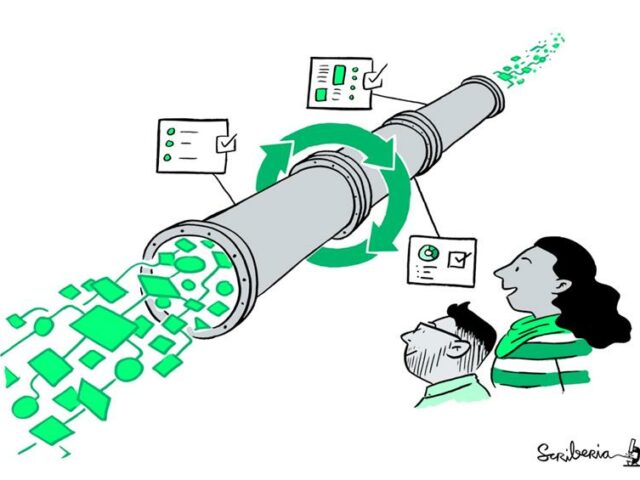
We worked with Statistics Canada to help build data science skills in the Caribbean community, delivering virtual Reproducible Analytical Pipelines training to 12 nations over 5 time zones.
Read more on Taking Reproducible Analytical Pipelines on a virtual tour: first stop the Caribbean
Many countries in the developing world lack regular estimates of road traffic activity. To address this, we applied machine learning techniques to open-source satellite data to generate estimates of traffic volume in Kenya, East Africa.
Read more on Detecting Trucks in East Africa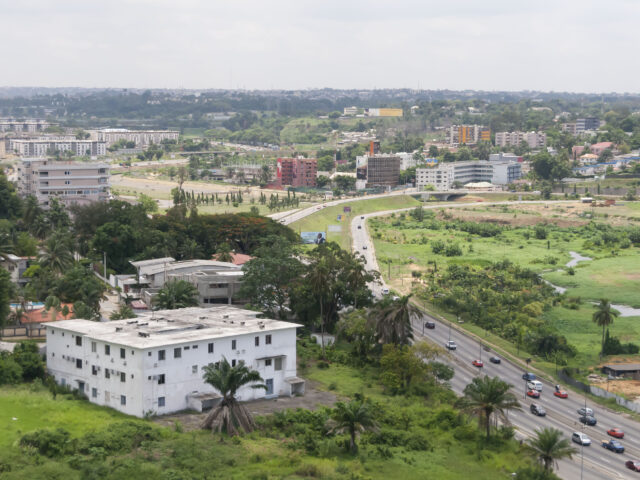
We have been exploring if machine learning methods and publicly available spatial datasets can be used to map and understand HIV risk in Cote d’Ivoire, West Africa.
Read more on Mapping HIV risk in Côte d’Ivoire, West Africa
Applications are open for the 2021 Data Science Graduate Programme until 3 June 2021. This year’s programme has been expanded to offer places at several high-profile public-sector organisations.
Read more on Expanding the Data Science Graduate Programme
How the Data Science Campus and UNECE are continuing to lead international collaboration on Machine Learning for Official Statistics through the ML 2021 group.
Read more on Leading international collaboration in machine learning for official statistics
The Campus has exceeded a target to train 500 public sector analysts in data science by 2021. The target was originally set in 2018, and recently confirmed in the National Data Strategy.
Read more on 500 not out – building data science capacity for the future
We have been exploring Facebook data to understand changing patterns of mobility and the impact of lockdown restrictions.
Read more on Using Facebook data to understand changing mobility patterns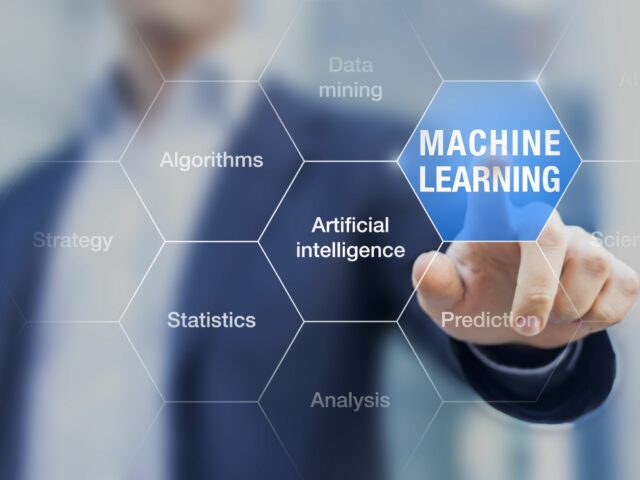
The Campus is partnering with the United Nations Economic Commission for Europe (UNECE) to to develop research, build skills and share resources on Machine Learning developments and applications for official statistics across the global statistical community.
Read more on ONS-UNECE Machine Learning 2021 Group
This blog outlines some of the work the Campus has been doing, bringing our skills together with new data sources to help inform responses to the coronavirus (COVID-19) pandemic.
Read more on Understanding mobility during the COVID-19 pandemic
In this blog, we describe how we have assessed the quality of the novel Global Surface Water Explorer (GSWE) dataset to better understand its value and fitness-for-purpose, producing data to report the UK’s position on indicator 6.6.1.
Read more on Using satellite imagery to report changes to water bodies for SDG 6.6.1
We used text data from over 500,000 business websites to inform survey response-chasing efforts and gain insights into the impact of COVID-19.
Read more on Extracting text data from business website COVID-19 notices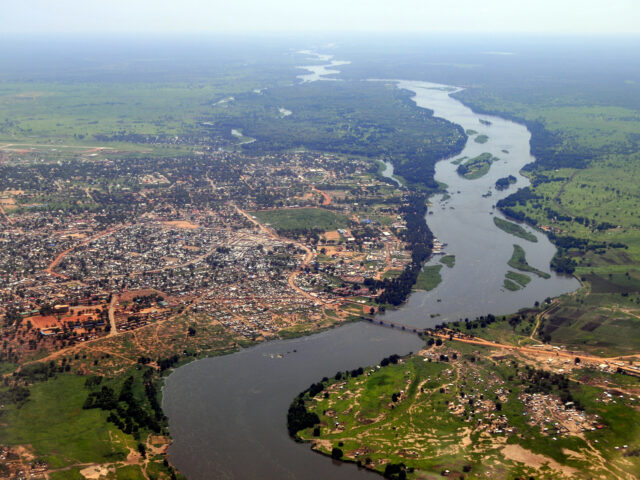
On World Statistics Day 2020, our ONS FCDO Data Science Hub talk about exploring the use of satellite imagery to conduct a cattle census in South Sudan.
Read more on Counting cows in South Sudan
This week is National Coding Week – an annual event that aims to inspire young people to code and build digital skills.
Read more on Getting the UK coding
We conducted a lessons learned exercise to help understand the challenges faced by our teams during the coronavirus (COVID-19) pandemic.
Read more on The hard reality of being a learning organisation
The Campus will develop and deliver the 2021 programme in partnership with several Office for National Statistics (ONS) teams and other government departments.
Read more on 2021 Commonwealth Professional Fellowship programme
We introduce pyGrams – a new Python tool for extracting, visualising and identifying emerging terms in large document collections, such as patents.
Read more on Extracting, visualising and identifying emerging important terminology from patent collections
The University of Glasgow will offer the MDataGov online in the 2020 to 2021 academic year and will also offer individual modules from the programme this summer.
Read more on Bringing MDataGov online with the University of Glasgow
On International Day of Girls in ICT 2020, Harriet Sands talks about her journey into data science, what it’s like to work as a data scientist in government and how she would encourage a younger version of herself to get in to data science.
Read more on Inspiring the next generation of girls in data science
We are pleased to announce Cardiff University as the latest provider to join the MDataGov Framework from October 2020.
Read more on Cardiff University joins the MDataGov Framework
We are exploring new data sources such as Google’s Community Mobility Reports to strengthen the information that we have through surveys and other sources.
Read more on Supporting the response to coronavirus (COVID-19)
Our latest project investigates the use of machine learning techniques to predict missing energy performance scores. It also attempts to create a complete picture of the energy efficiency profile for domestic properties in Wales.
Read more on Can machine learning be used to predict energy performance scores?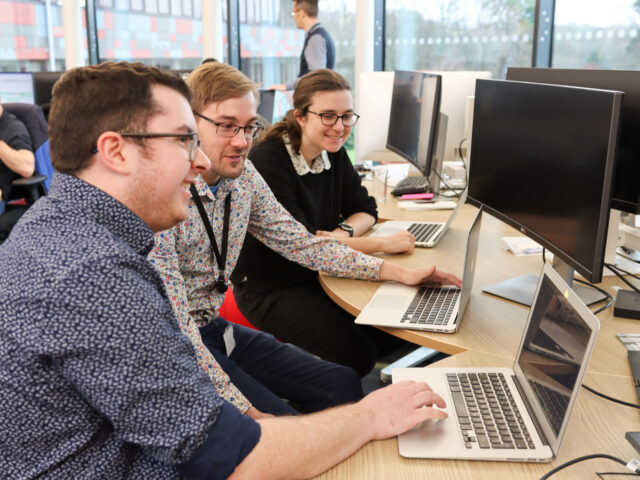
To mark National Apprenticeship Week, our Data Science Degree apprentices share their progress and the difference they are making at the Data Science Campus.
Read more on Doing so much more than making tea!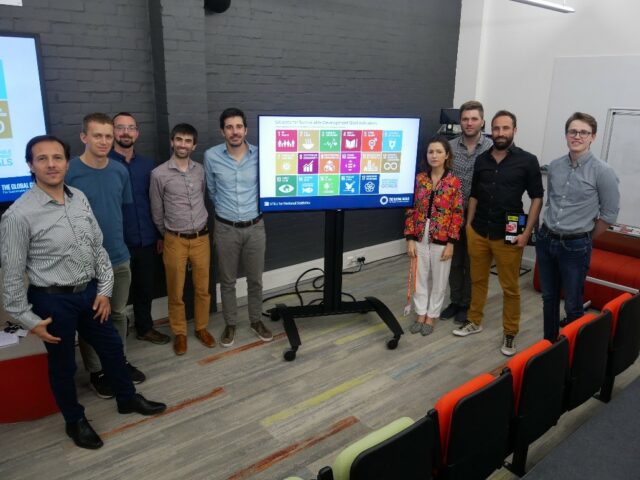
How data science is helping to address the challenge of measuring the Sustainable Development goals in the UK.
Read more on Data science for sustainable development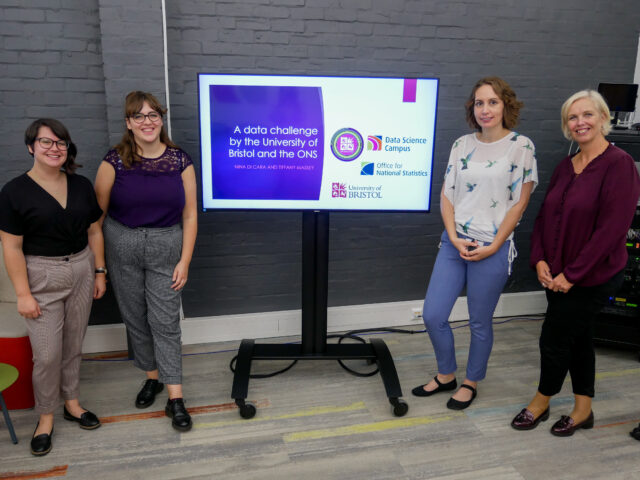
In this guest blog, the Jean Golding Institute data challenge winners, explore if there’s an association between the Loneliness Index scores and movement for education.
Read more on Guest blog: Is loneliness associated with movement for education?
Today we published latest release of new, faster, indicators of economic activity constructed from novel data sources.
Read more on Faster indicators of UK economic activity
Can non-standard data sources help us understand the relationship between management practices and high growth?
Read more on Can non-standard data sources help us understand the relationship between management practices and high growth?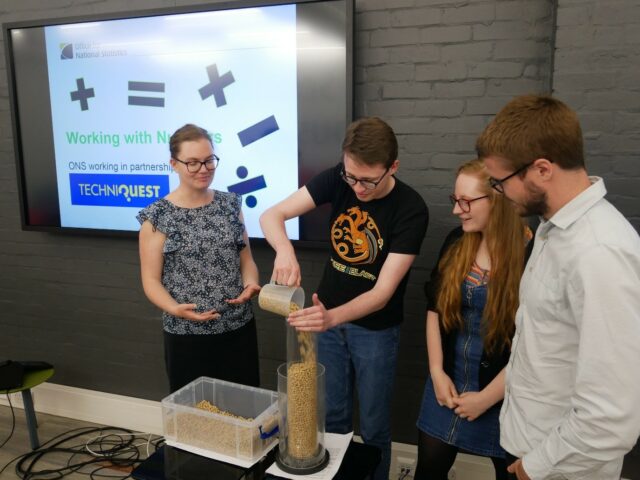
Our new Schools Engagement Strategy in partnership with Techniquest, aims to build science capital in primary aged children.
Read more on Science outreach in the community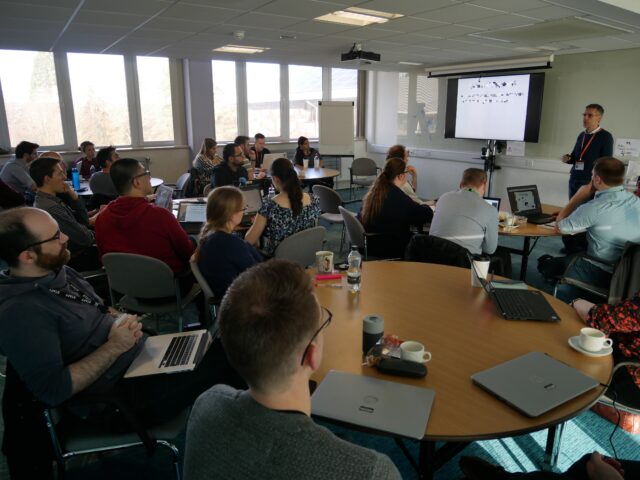
Applications are now open for civil servants to study MDataGov modules at ONS in 2020.
Read more on Bringing university expertise to you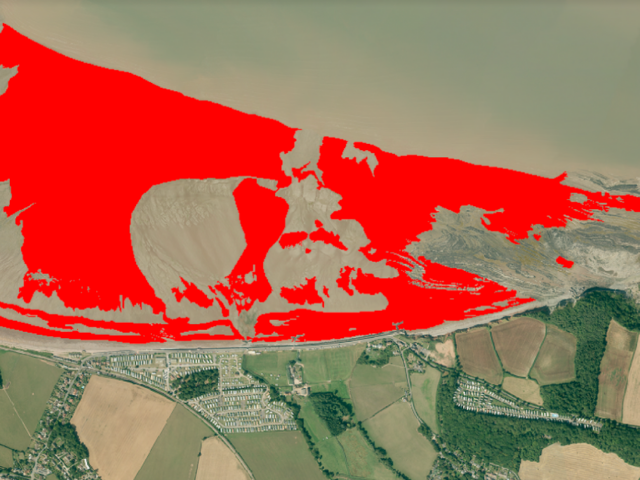
Data Science Accelerator mentee Ciaran Evans from the UK Hydrographic Office attempts to answer the question “What is the beach made of?”
Read more on Mapping beaches with the Data Science Accelerator Programme
The Data Science Campus launches its first Data Science Graduate Scheme.
Read more on The final piece of the jigsaw
Every day our digital footprint is growing through simple activities like shopping, meaning nearly every industry is seeking data science skills.
Read more on Increased demand in the data science job market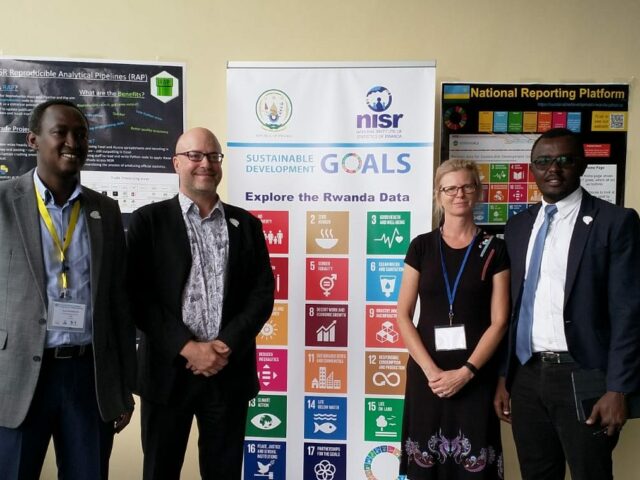
The Campus is supporting colleagues in statistical organisations across the world to take advantage of new data and techniques in their work.
Read more on Data science capability for Africa
We are pleased to sponsor another cohort of Civil Servants to start the Masters in Data Analytics for Government in the 2019-2020 academic year.
Read more on Sponsorship for the 2019-2020 MDataGov programme
Last week I had the privilege of helping to organise the second annual MDataGov Symposium in Manchester and was so proud to see how incredibly fast the community is growing – Solange Correa-Onel
Read more on Highlights from the MDataGov Symposium 2019 in Manchester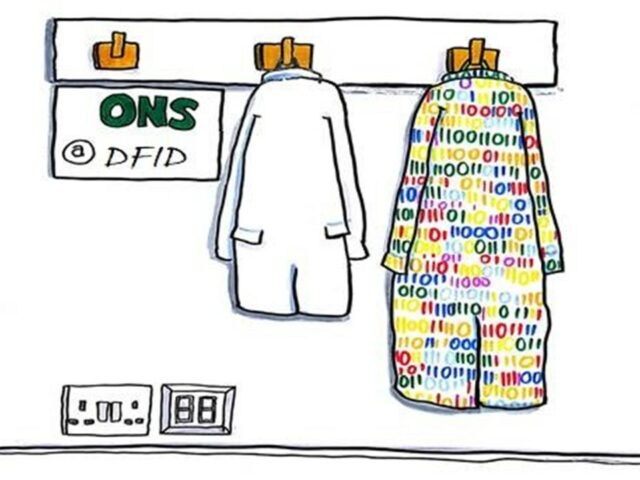
We’ve partnered with the Foreign, Commonwealth & Development Office to launch a new Hub at their offices in East Kilbride.
Read more on AI for International Development
We are currently using open data sets to develop a better understanding of loneliness in England. Are there places in England where people are more likely to be lonely and why?
Read more on Developing a Loneliness Prescription Index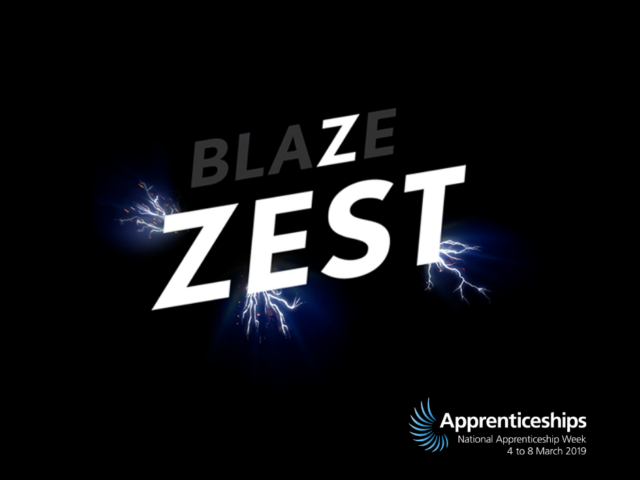
The new Data Science Degree Apprenticeship is now live for delivery. Alison Adams shares her experience of leading the Trailblazer group to develop an innovative new learning pathway.
Read more on Trailblazing degree apprenticeships
Our current cohort of apprentices have just finished their training modules and are well on their way to completing their apprenticeships. Lucy and Joe tell us about their journey so far, as part of National Apprenticeship Week.
Read more on Our current apprentices – how are they getting on?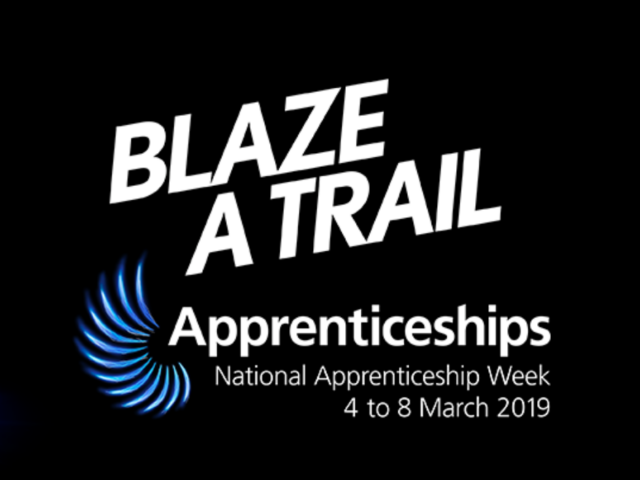
To mark the 12th annual National Apprenticeship Week, we caught up with some of our first data analytics apprentices now they have successfully completed their apprenticeship.
Read more on The first data analytics apprentices – where are they now?
Synthetic data mimics essential characteristics from the original dataset, creating new, substitute data that does not represent any real person, removing confidentiality requirements.
Read more on Synthetic data for public good and art
Social media is such a key part of everyday life and with the data readily available online, it has the potential to change the way we collect information to understand society. However, it is paramount that data sources used in the production of official statistics are accurate, relevant, unbiased, and most importantly, they must be used ethically.
Read more on Exploring the value of social media data
Registration for the 2019 MSc in Data Analytics for Government (MDataGov) Symposium is now open. The annual Symposium is an opportunity for…
Read more on Join us at the MSc in Data Analytics for Government (MDataGov) Symposium 2019!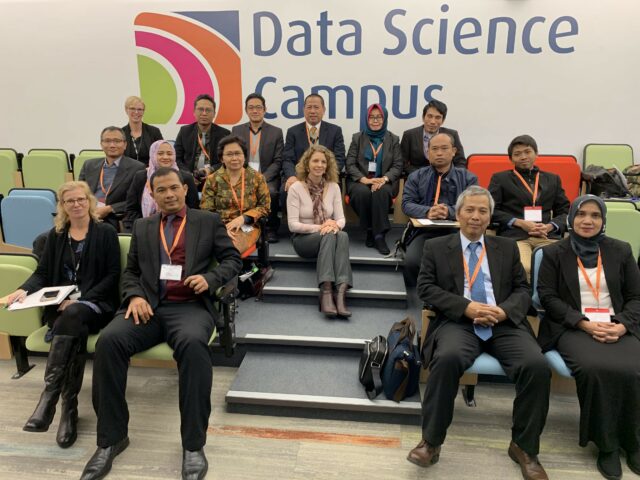
In the last quarter of 2018 the Campus welcomed delegates from Statistics Indonesia to exchange experience in growing data science skills across government, as they prepare to launch their own Masters programme and Centre for Big Data Statistics.
Read more on Welcoming Statistics IndonesiaHigh growth businesses drive economic growth in the UK. Therefore, understanding the characteristics that may lead to high performance is an area of active research.
Read more on Understanding the characteristics of high growth companies using non-traditional data sources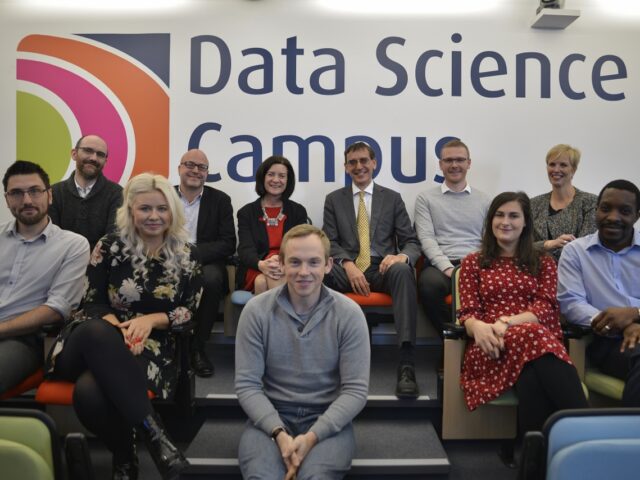
Following the graduation of our first data analyst level 4 apprentices, we launched the first Data Science Degree Apprenticeship in Wales, with the first round of applications now complete.
Read more on Innovative Data Science Degree Apprenticeship for Wales launches
We explore whether it is possible to classify financial corporations to their detailed Standard Industry Classification 2007 (SIC2007) using financial assets, liabilities and other firm-level data.
Read more on FinBins – granular classification of the UK’s financial sectorI joined the Campus at the start of September, with a responsibility for all communications across the Campus – no…
Read more on News to you? Introducing the Campus newsletter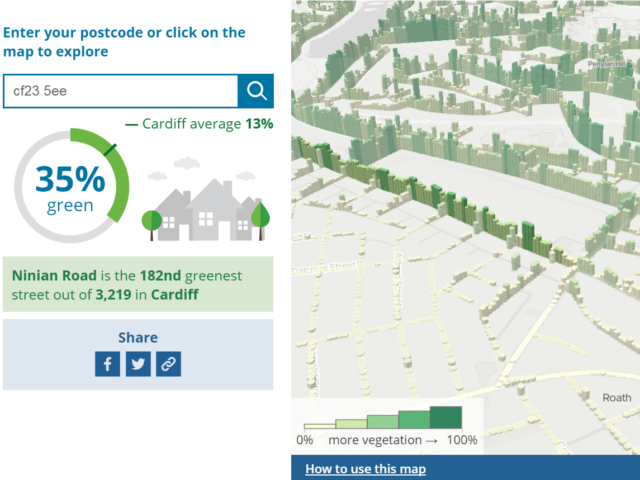
Over the last year, we have developed an experimental method for estimating the density of trees and vegetation present at…
Read more on How green is your street – visualising the urban forest
These guys are actually from the Democratic Republic of Congo. They were sitting in the sun, outside a shop in…
Read more on Join the data revolution in Rwanda!
The ability for a household to access a range of services necessary for day-to-day living is of great importance to…
Read more on Access to services using multimodal transport networks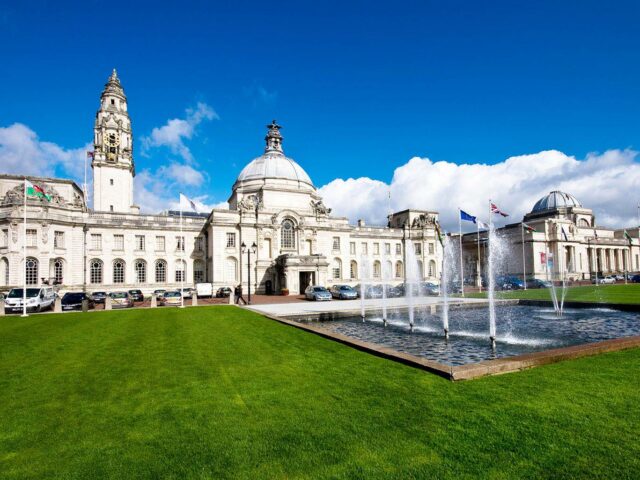
The Royal Statistical Society (RSS) 2018 International Conference was held down the road from our Newport campus in Cardiff’s magnificent…
Read more on Sharing knowledge for public good at the Royal Statistical Society Conference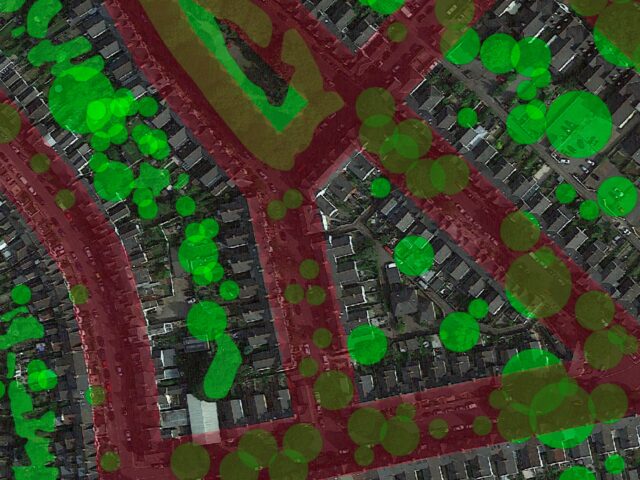
Urban trees provide a wide range of environmental, social and economic benefits, such as improving air quality and are known…
Read more on Mapping the urban forest at street level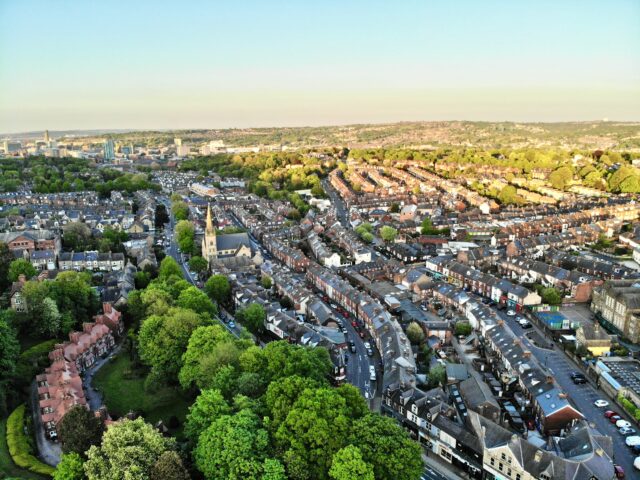
The Data Science Campus has begun a research project with Hafod, a social residential tenant organisation, to explore the flows…
Read more on Caring for the future – working with Hafod
Project summary Many datasets contain variables that have been collected as free-text in an uncontrolled way. In the case where…
Read more on optimus – turning free-text lists into hierarchical datasets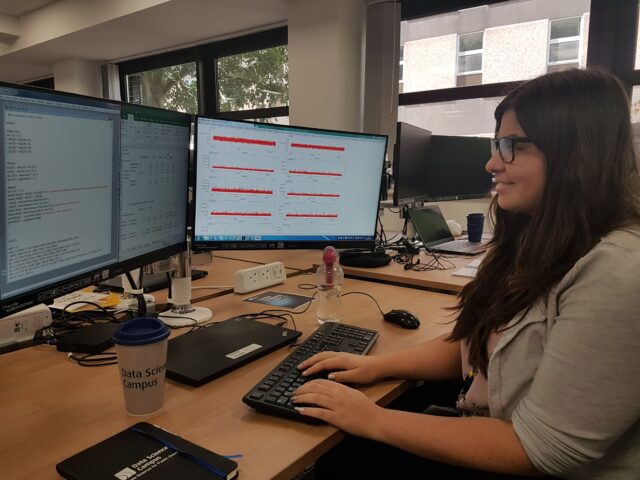
How did I end up at ONS? In the midst of Christmas and New Year (also known to students as…
Read more on 3-month MSc madness: the value of a Data Science Campus internship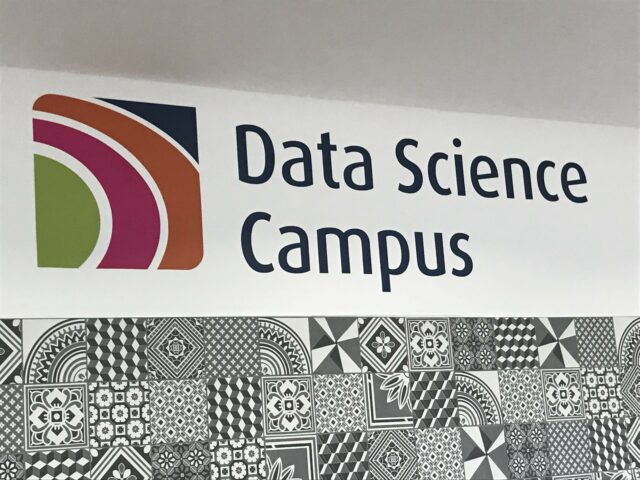
As we say goodbye to another summer, here’s my latest round up on the Office for National Statistics’ (ONS) Data…
Read more on The months that were – July and August 2018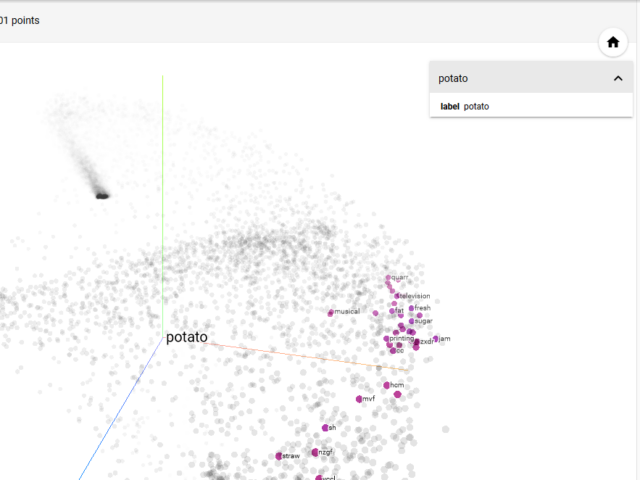
In this study, we investigate challenges related to the site search function of the ONS website and make recommendations on…
Read more on Optimising the ONS site search function with Google Analytics and Natural Language Processing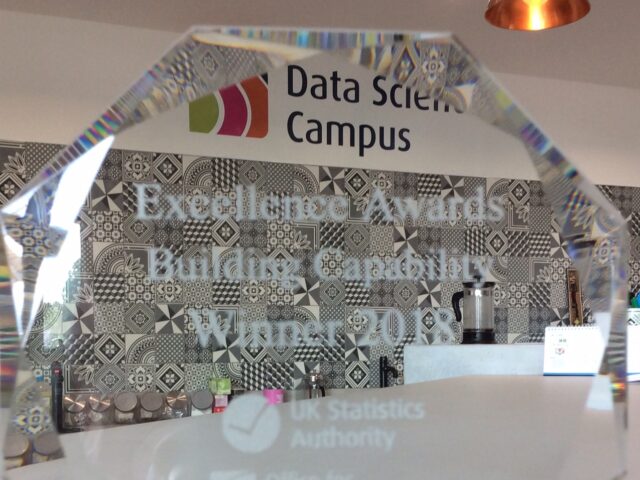
So, June was notable for (i) more uninterrupted sunshine than I can remember in the UK; (ii) the short-lived excitement…
Read more on The month that was – June 2018
The maritime freight industry is of critical importance to the economic output of the UK, with almost half a billion…
Read more on Analysing port and shipping operations using big data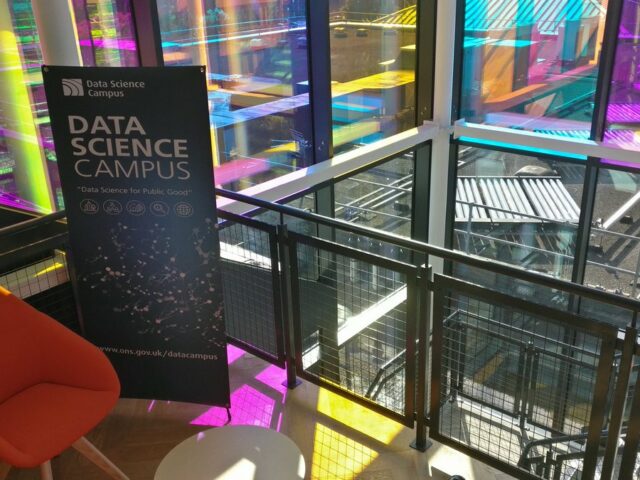
Where do the days go? It’s already time for my latest update – providing an overview of what happened in the…
Read more on The month that was – May 2018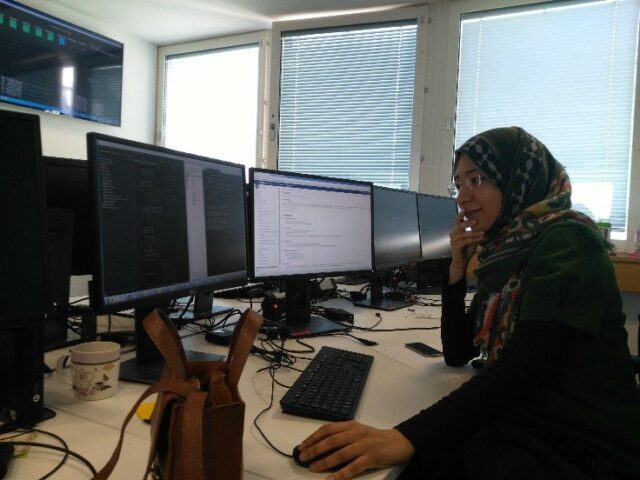
One of our first Campus-funded students shares her experience as a data scientist in the Home Office undertaking the MSc in…
Read more on The highs and lows of juggling university, work and life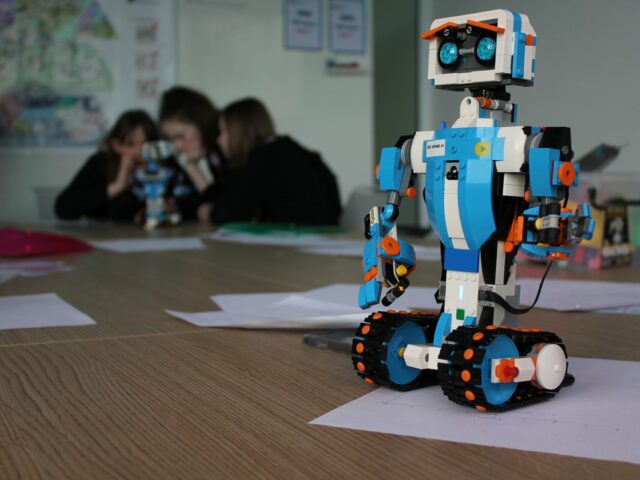
Girls into STEM workshops STEM Ambassadors from the Data Science Campus hosted a group of female school pupils visiting the campus….
Read more on We all need more girls in STEM
Here’s the latest “monthly” update for the Data Science Campus, covering both March and April 2018. We took a break…
Read more on The months that were – March and April 2018